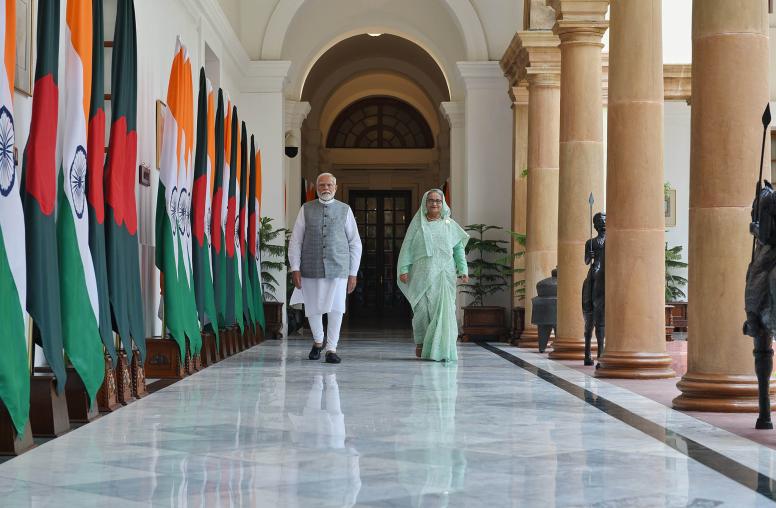Peace Education in Pakistan
Virtually every country in South Asia faces militancy and conflict to some extent. Pakistan has been especially prone. Peace education addresses the root causes of conflict and is thus a sustainable long-term solution in conflict resolution and prevention efforts. This report examines nine representative peace education initiatives in Pakistan to better understand what types of interventions were most effective, the differences and similarities between peace education programs and curricula in schools and madrassas, and what the peacebuilding field can draw from the selected case studies.
Summary
- One of the constraints of peace education in Pakistan is the presence of three parallel education systems that have limited or no interaction, which renders any one-size-fits-all peace education model unlikely to succeed.
- Across the board, teachers appreciated exposure to peace education training and felt that such programs help in reducing stereotyping of the Other.
- Many students, in both public and private schools, reported direct exposure to violence in communities, homes, and schools. In some cases, students said peace education has reduced violence, such as bullying, at schools.
- Nongovernmental organizations (NGOs) with a larger canvas and stronger roots at community levels have a better chance of success.
- Contextual relevance and conflict sensitivity should be central to implementation of peace education programs.
- Peace education organizations hesitate to focus on intra- and interfaith conflicts and violence. More specifically, madrassas consider the issue of sectarian violence off limits.
- Other than the quality of contents, peace education depends on the quality of teachers, which varied from project to project. Students respond more readily to trained teachers.
- Participatory pedagogies are significant for achieving the desired outcomes of peace education.
- Peace education programs need to strengthen their outreach by bringing parents on board.
- NGOs and their international partners should keep trying to integrate peace education in curricula at provincial levels.
About the Report
With an eye to the theory that radicalization is a function of social and political marginalization more than of economic poverty, this report examines a cross-section of peace education initiatives in Pakistan. It relies on data collected through interviews with program teachers and students when possible. Funded by the United States Institute of Peace, it is part of a larger Center for South and Central Asia study on the role of education in preventing violent conflict.
About the Author
Zahid Shahab Ahmed is a postdoctoral fellow at the Alfred Deakin Institute for Citizenship and Globalization, Deakin University, Australia. He received his PhD from the University of New England in Australia and his MA in peace education from the University for Peace in Costa Rica. Since 2003, he has worked with numerous local and international development organizations on peacebuilding projects with a special focus on peace education. Additional research assistance for this report was provided by Musharaf Zahoor, Khan Zeb, and Rizwan Ali of the Centre for International Peace and Stability at the National University of Sciences and Technology in Islamabad. Maheen Piracha provided important and appreciated editorial support.



